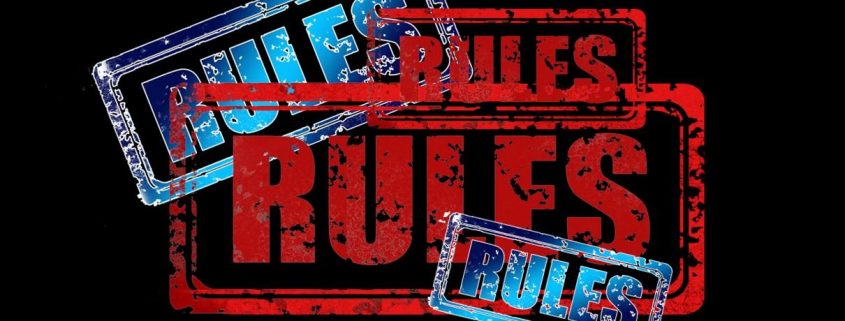Beyond USP – 3 Simple Rules for Positioning Products, Services and Even Organizations
On April 17, 1961, New York publisher Alfred A. Knopf released the first full edition of Rosser Reeves’ seminal book Reality in Advertising, in which Reeves detailed the theory of USP. Based on more than two decades of research at his world-renown advertising agency Ted Bates & Company (Reeves had been Bates’ creative partner), Reeves argued that advertising campaigns were far more likely to be successful if they offered the buyer a “Unique Selling Proposition.” Each advertising campaign should center around a specific buyer benefit – one that is unique to that particular brand.
Reeves was an unprecedented success. His company had grown from a startup to become the world’s fourth-largest advertising agency. His ads were persuasive and well known; his clients dominated their markets, and his USP theory was taken as gospel. Yet in his book, Reeves lamented the common misapplication of USP, calling it “the most misused series of letters in advertising.”
Fifty years later, the USP concept is still misunderstood and misapplied – particularly with regard to marketing. Reeves’ simple formula for creating a winning ad has been stretched almost beyond recognition, as marketing consultants drive clients to the point of inaction, demanding that every product be unique, or at least have a unique position. Reeves had recognized that it was folly to expect every product to be unique, and that was in 1961. How much more unrealistic is it, today, to set the same level of expectation?
Just as USP described a simple three-part formula for creating winning ads, I propose three simple criteria for positioning a product or a service or a company or a brand in the new millennium:
- A successful position must be authentic. It must be true to your mission, to your goals, to your vision, to your culture, and to the benefits your products or services or organization claim. In the age of communication, skullduggery will not stand. If your position is less than authentic, your customers will find you out, and they will try you in the courts of social media. Email, Twitter, Facebook and YouTube have elevated the power of word-of-mouth. It is no longer possible to claim one thing and be another – even if the misstatement is an honest mistake. Today’s world is quick to judge and slow to forgive.
- A successful position must demonstrate real value, and that value will usually take the form of benefits. The position must clearly answer the buyer’s overarching question “what’s in it for me?” Real value can be demonstrated in two ways: it should be transaction-worthy and it should be leveragable. A position may be considered transaction-worthy if customers see sufficient value in the position to make an investment (of time or of money or of belief). If the position has no transaction value, if it inspires no action at all, then it has little worth. Leveragability refers to the possibility of using the position to gain advantage (over competitors or simply over inertia). Without leverage, all efforts become harder.
- Last, a successful position must be sustainable, because it will always be challenged… by competitors, by changing regulations, by the evolving needs and expectations of the marketplace, by finite resources, by economic fluctuations, by natural scrutiny and by entropy itself. Without a well-developed plan for sustainability, all ideas are doomed to fail, over time.
Look around. The world is filled with examples of failed institutions, failed products, failed beliefs. Most often, their failure can be traced to a lack of authenticity, or of real value, or of sustainability. If you want to establish a position that will last, be sure to address these rules.



